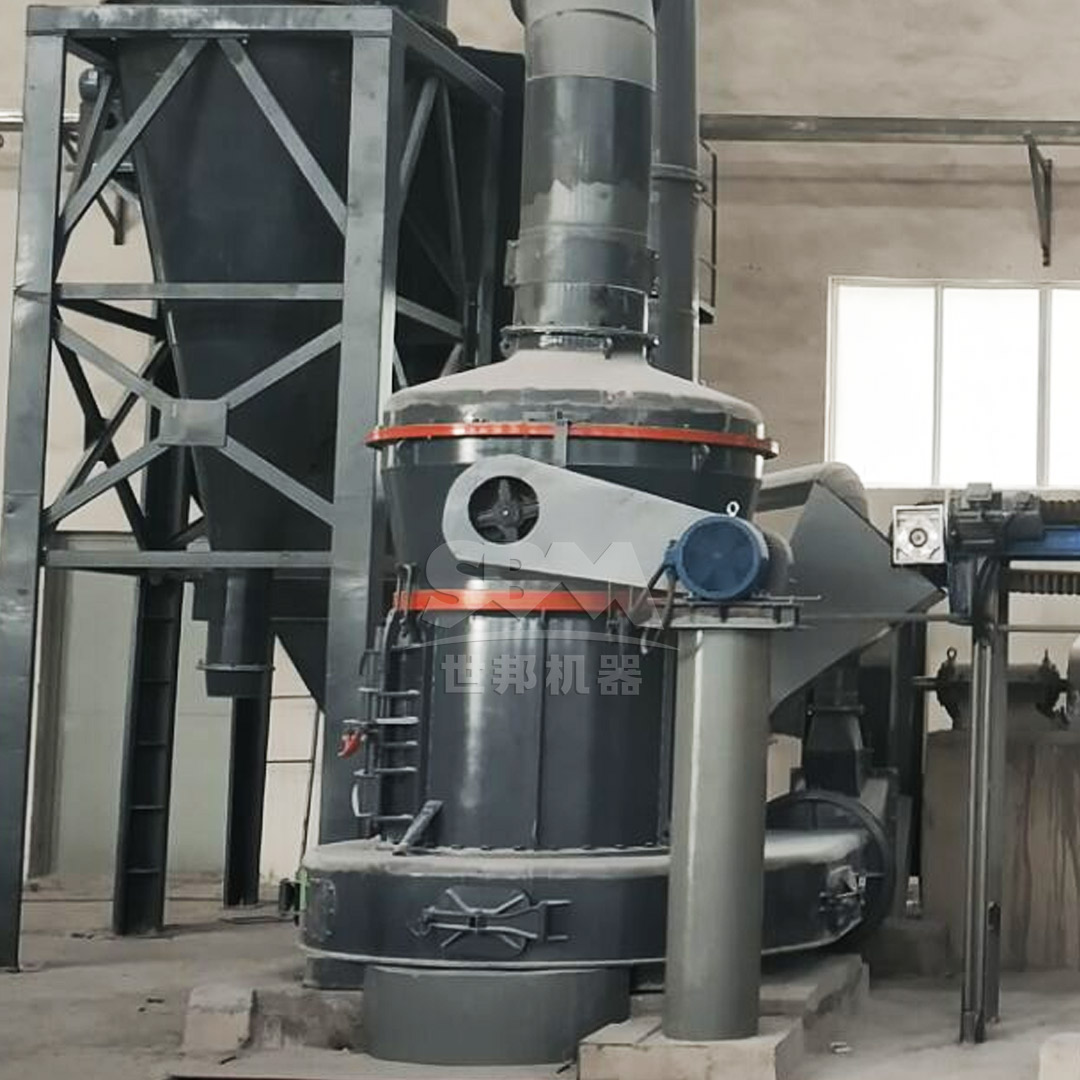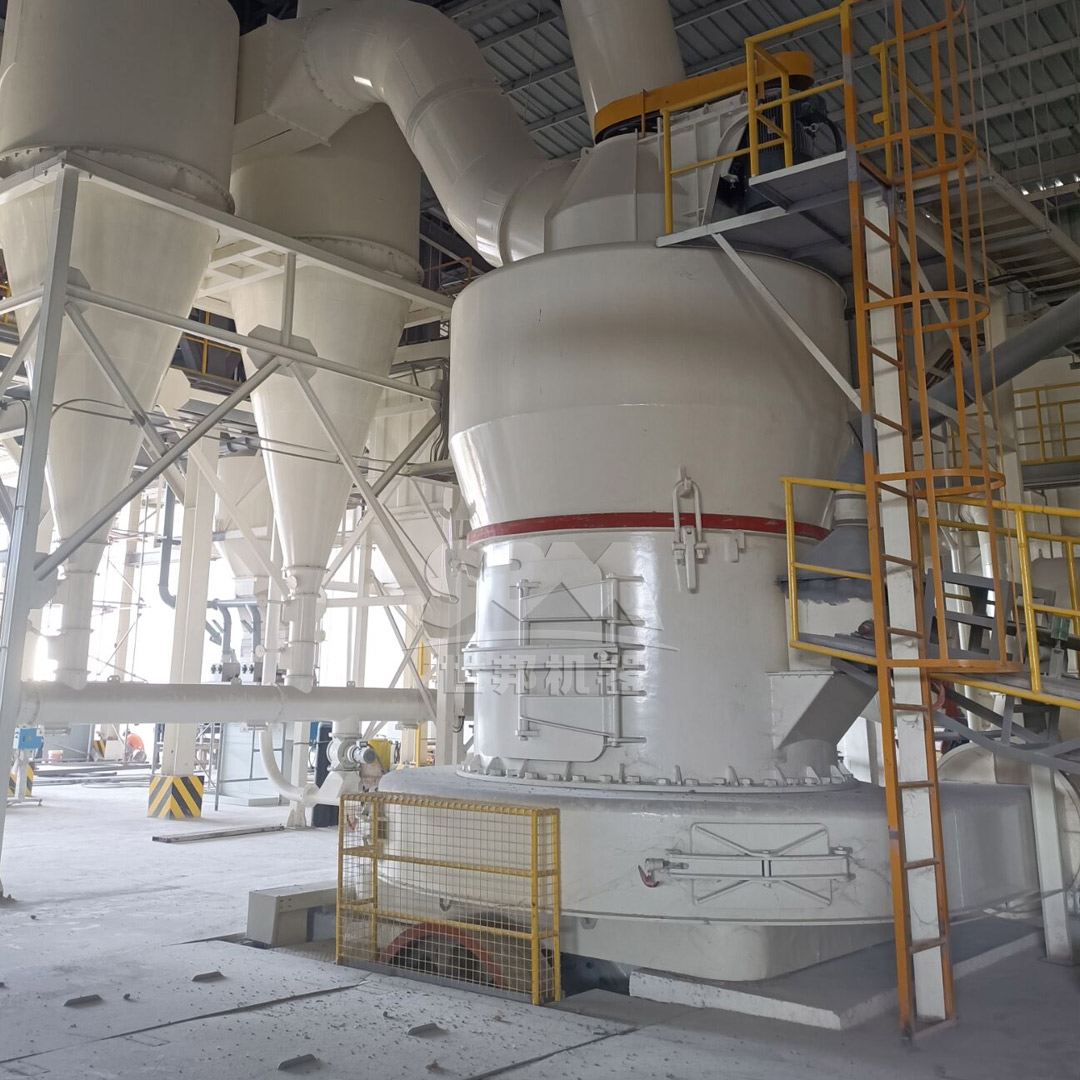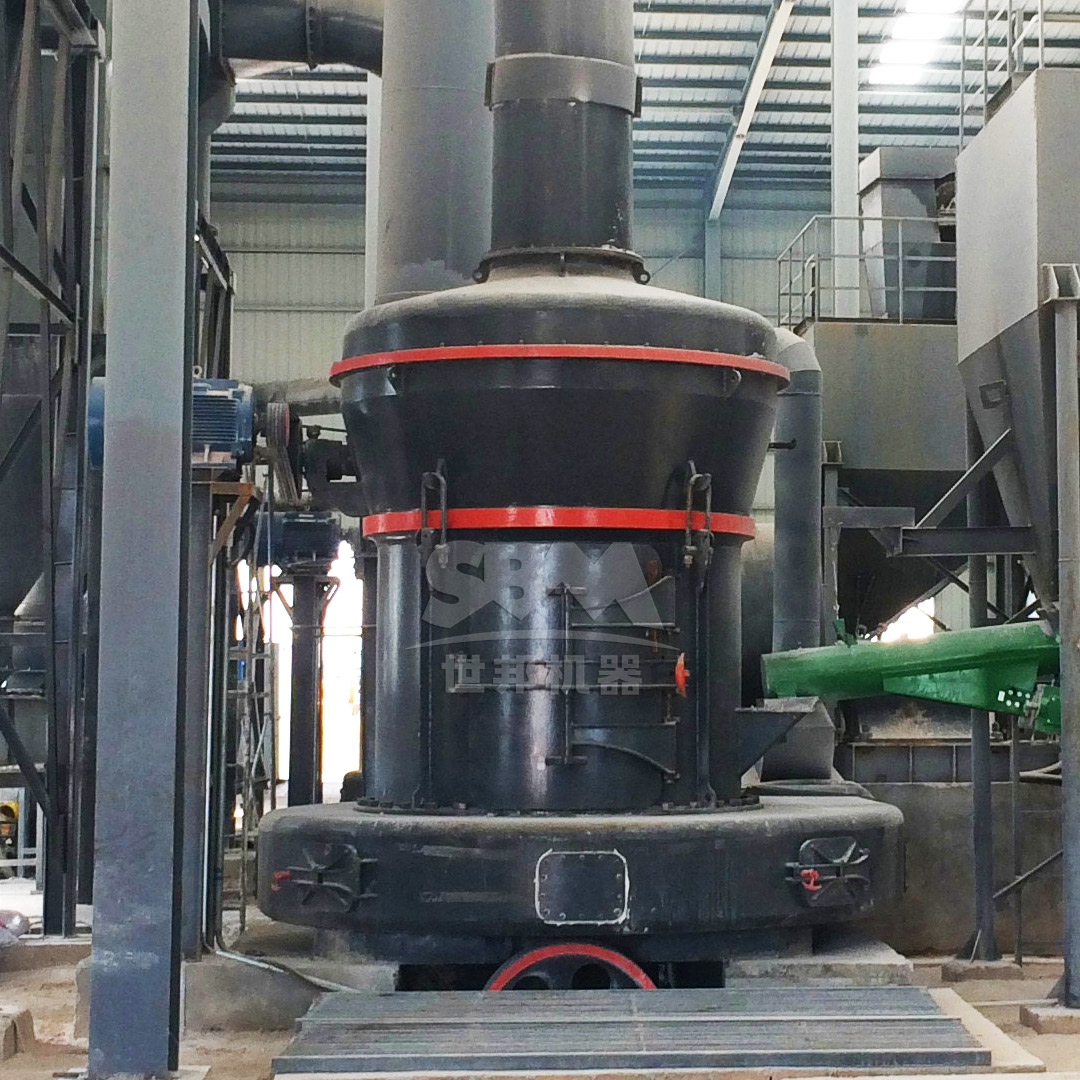Barite, or baryte, is a mineral composed of barium sulfate (BaSO₄). It is the primary source of barium and has a wide range of industrial applications, including its use as a weighting agent in drilling muds, as a filler in paints and plastics, in the medical industry for radiological imaging, and in the production of barium-based chemicals. The value and applicability of barite are significantly influenced by its purity and particle size. Processing barite to achieve the desired fineness and quality requires advanced milling technology. Ultrafine mills have emerged as the preferred equipment for barite processing due to their efficiency, precision, and cost-effectiveness. This article explores the key benefits of using ultrafine mills for barite processing and highlights some of the advanced solutions available in the market.

The performance of barite in its various end-use applications is heavily dependent on its particle size distribution. For instance:
Traditional grinding methods, such as ball mills or Raymond mills, often struggle to achieve a consistent, narrow particle size distribution in the ultrafine range (typically below 10μm or 1250 mesh) without high energy consumption and significant wear on mechanical parts. This is where modern ultrafine milling technology provides a distinct advantage.
One of the most significant advantages of modern ultrafine mills is their energy efficiency. Unlike conventional ball mills that rely on impact and attrition through tumbling media, leading to high energy waste in the form of heat and noise, ultrafine mills utilize a bed compression grinding principle. This method applies pressure directly to the material layer, resulting in a much more efficient transfer of energy into the size reduction process.
For example, advanced designs can achieve energy savings of up to 30-40% compared to traditional ball mill systems and up to 30% compared to jet mills for the same output fineness. This directly translates to lower operational costs and a reduced carbon footprint, which is a critical consideration in today’s environmentally conscious industrial landscape.
Producing a consistent, high-quality barite product requires precise control over the final particle size distribution. Ultrafine mills are equipped with highly efficient, integrated dynamic classifiers. These classifiers, often turbine-based, allow for real-time adjustment of the cut point. The result is a tightly controlled product where the D97 (the particle size below which 97% of the material lies) can be accurately set anywhere from 45 microns (325 mesh) down to 5 microns (2500 mesh).
This precision ensures that the final barite powder meets the strict specifications of high-value industries like pharmaceuticals and advanced plastics, where inconsistent particle size can lead to product failure.
The grinding mechanism in an ultrafine mill—typically involving rollers or rings—minimizes metal-to-metal contact. When combined with the use of high-chromium or ceramic wear parts, iron contamination of the barite product is drastically reduced. This is crucial for applications where high whiteness and chemical purity are required, such as in paper, paints, and medical grades.
Furthermore, the closed-circuit system with efficient internal classification prevents the circulation of already-fine particles, reducing over-grinding. Over-grinding can generate excessive ultra-fines, which can be detrimental to the rheology of drilling muds or the flow properties of powder coatings.

Downtime is a major cost driver in any mineral processing plant. Ultrafine mills are engineered for durability and reliability. Key features include:
These features collectively lead to higher availability, lower maintenance costs, and a longer overall service life for the equipment.
Modern industrial operations must comply with stringent environmental regulations regarding dust and noise emissions. Ultrafine mills are designed as negative-pressure, fully sealed systems. This design ensures that no dust escapes during the grinding process. They are typically paired with high-efficiency pulse jet baghouse dust collectors that can achieve a collection efficiency of over 99.9%, keeping dust emissions well below international standards (e.g., <20 mg/m³).
Additionally, soundproofing measures, such as integrated acoustic enclosures, keep operational noise levels low, typically below 75-80 dB(A), creating a safer and more comfortable working environment.
Based on the specific requirements of barite processing—ranging from standard API drilling grade to high-value ultrafine products—two of our mill series stand out as ideal solutions.
For producers targeting the high-end market for ultrafine barite, our SCM Series Ultrafine Mill is the technology of choice. This mill is specifically engineered to produce powders in the range of 325 to 2500 mesh (D97 ≤ 5μm).
Key Advantages for Barite:
| Model | Processing Capacity (ton/h) | Main Motor Power (kW) | Output Fineness (mesh) |
|---|---|---|---|
| SCM800 | 0.5 – 4.5 | 75 | 325 – 2500 |
| SCM900 | 0.8 – 6.5 | 90 | |
| SCM1000 | 1.0 – 8.5 | 132 | |
| SCM1250 | 2.5 – 14 | 185 | |
| SCM1680 | 5.0 – 25 | 315 |
For operations focused on high-volume production of barite for the drilling mud and general filler markets, our MTW Series Trapezium Mill offers an outstanding balance of capacity, efficiency, and reliability. It produces powders from 30 to 325 mesh (up to 0.038mm).
Key Advantages for Barite:
The MTW series is a proven workhorse for reliably meeting API and other standard barite specifications with low operational overhead.

The processing of barite into a high-value product is critically dependent on the selection of the right milling technology. Ultrafine mills provide a comprehensive solution that addresses the core needs of the modern barite processor: energy efficiency, precise particle size control, high product purity, operational reliability, and environmental compliance. By investing in advanced milling equipment like the SCM Series Ultrafine Mill for premium products or the MTW Series Trapezium Mill for high-volume standard grades, producers can significantly enhance their product quality, reduce their operating costs, and strengthen their competitive position in the global market.